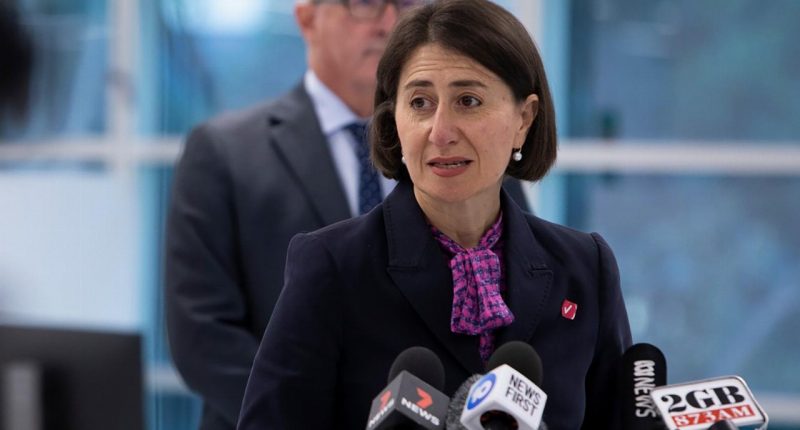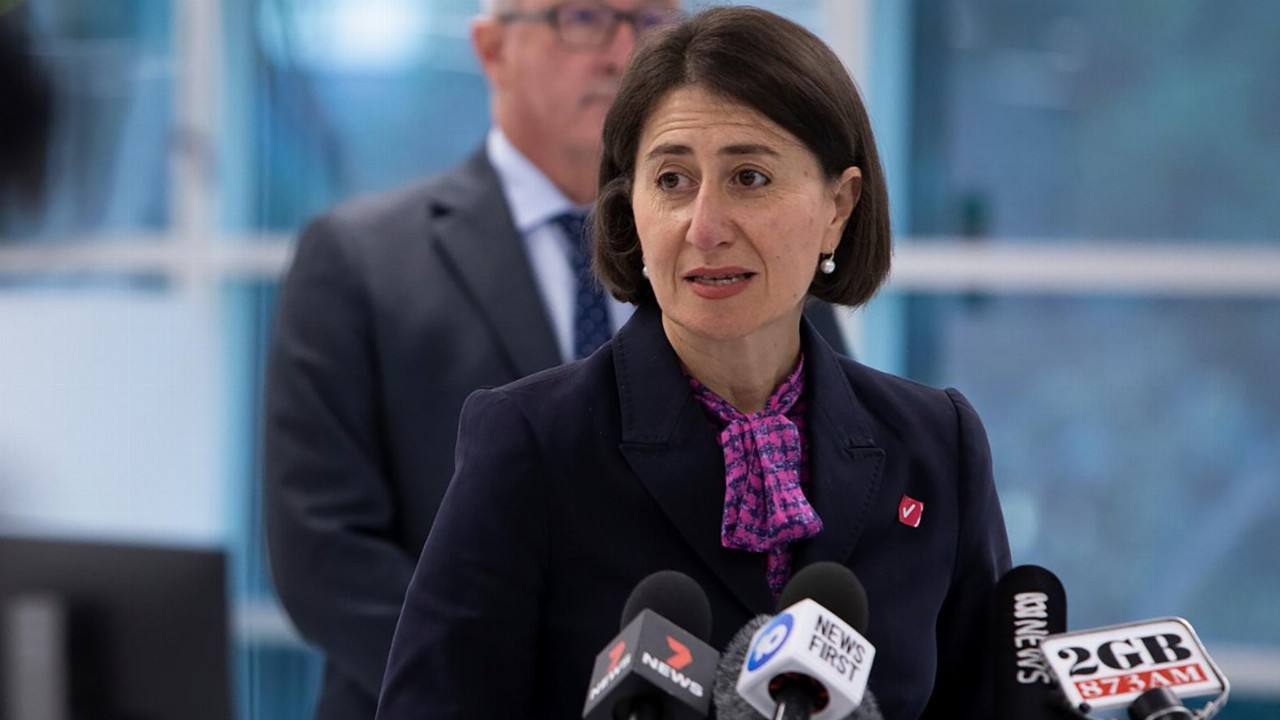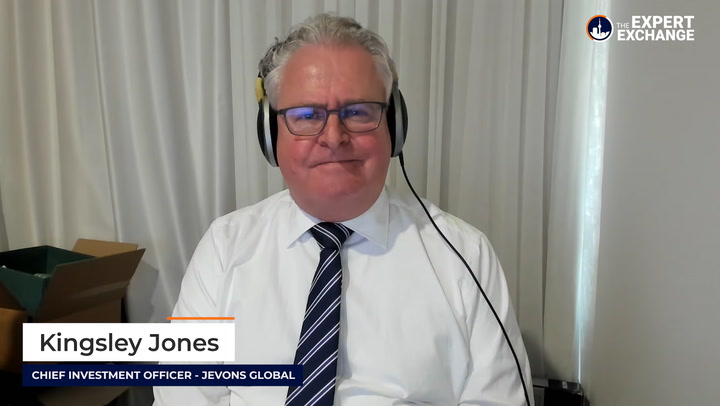- The New South Wales government has announced plans to increase its 2030 emissions reduction target to 50 per cent below 2005 levels
- The move has put more pressure on Prime Minister Scott Morrison, with calls for the Federal Government to lift its emissions targets
- Premier Gladys Berejiklian says the plan, which includes becoming net-zero by 2050, will attract more than $37 billion in investment into the state
- Energy Minister Matt Kean says NSW was on track to double its economy and halve its emissions by 2030 while committing to net zero emissions by 2050
The New South Wales Government has announced intentions to boost its 2030 emissions reduction target to 50 per cent below 2005 levels in a move that has increased pressure on the Federal government.
NSW’s new objective is a step up from the state’s prior ambition, which was to reduce emissions by 35 per cent below 2005 levels by 2030.
This comes on the heels of the Victorian Government’s pledge earlier this year to decrease emissions by 45-50 per cent below 2005 levels by 2030.
NSW Premier Gladys Berejiklian said the state’s new objective would set the state up for the future.
“Our Net Zero Plan is expected to attract more than $37 billion in private sector investment into NSW, support more than 9000 jobs, save households about $130 on their electricity bills and help NSW become Australia’s first trillion-dollar state by 2030,” she said.
“This is about putting the policies in place to give industry and investors certainty, not only to protect our planet but to future-proof our prosperity and way of life.”
The announcement has been welcomed by climate groups, who said the State Government had shown leadership where the Federal Government had not, with Prime Minister Scott Morrison recently refusing to commit to phasing out fossil fuels.
“Regrettably, the leadership shown by state governments — including the NSW Liberal National Government — is not matched by the Federal Government, which stubbornly refuses to raise its insufficient 2030 target of 26-28 per cent below 2005 levels,” Climate Council campaigns director Alix Pearce said.
“The Federal Government stands increasingly isolated as it ignores calls from business leaders, farmers, local governments, our international allies and trading partners, and UN climate officials, for stronger action.”
The Carbon Market Institute also called for the Australian Government to follow suit.
“It may surprise many but the policy architecture for boosting ambition and opportunities is there waiting for Government leadership such as that shown by NSW today,” Carbon Market Institute CEO John Connor said.
Regional towns, according to Deputy Premier John Barilaro, will receive the benefits of new industries that will develop in the next decade thanks to the upgraded targets.
“Whether it is in modern manufacturing, minerals or agriculture, regional NSW is home to the skills, infrastructure and resources needed as the demand for low emissions technologies like batteries and hydrogen grows,” he said.
“The entire State will benefit from the economic and employment opportunities in low carbon technologies, and we will continue to take action in a way that delivers more jobs and more investment for people in the city and in the bush.”
Energy Minister Matt Kean said NSW was on track to double its economy and halve its emissions by 2030 while committing to net zero emissions by 2050.
“We can be a renewable energy super power and as global demand for low carbon products and investments grows, the fortunes of the state are increasingly tied to the fortunes of our planet,” he said.
“In NSW, we also aren’t just setting targets. As a result of our policies, the state’s emissions are projected to fall by 47-52% on 2005 levels by 2030 under independently peer reviewed modelling.”








